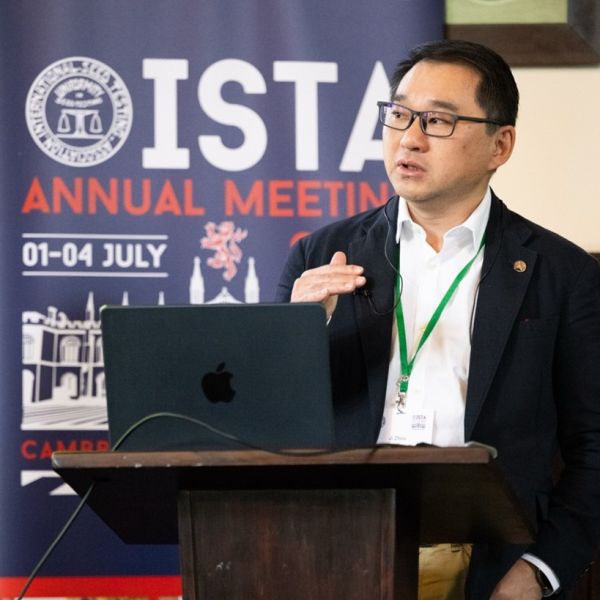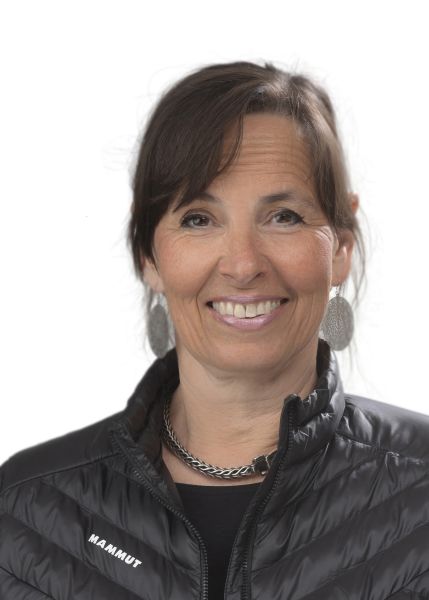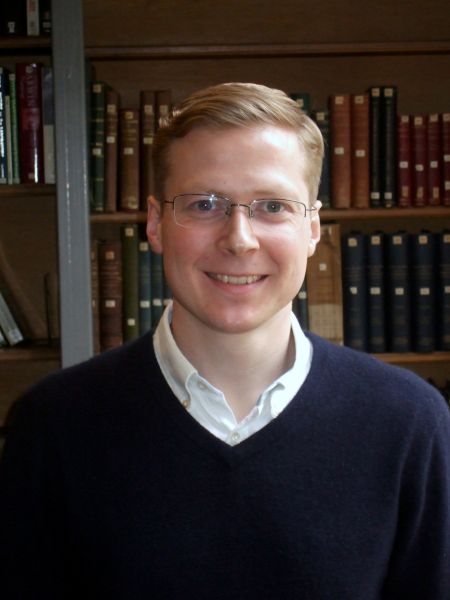Molecular physiology
We are interested in understanding photosynthesis and developing strategies that may allow it to be improved in the future. Our major focus relates to how the efficient C4 pathway has evolved from the ancestral C3 state. In almost all C4 plants, leaves are modified such that changes to their development, cell biology and biochemistry allow photosynthesis to be partitioned between two cell-types. Despite this complexity, C4 photosynthesis has arisen in over sixty separate lineages of angiosperms, and compared with the C3 pathway, photosynthetic efficiency is increased by around 50%.
Our work has provided several insights that help explain how C4 photosynthesis operates and evolved. For example, we demonstrated that C3 plants possess cells in stems and petioles that carry out a rudimentary C4 cycle; we isolated the first cis-elements that control the expression of multiple photosynthesis genes in either mesophyll or bundle sheath cells of C4 leaves, and showed that these regulators are found in the ancestral C3 leaf; we provided the first estimates of the extent to which homologous transcription factors are recruited into independent C4 lineages; and we provided the first direct evidence that duons (transcription factor binding sites that reside in exons impact on gene expression) – again these duons are present in the ancestral C3 state. We continue to investigate the regulation of photosynthesis gene expression in C3 and C4 leaves to better understand the molecular components that evolution has repurposed.
Research areas
Comparative analysis of C3 and C4 gene expression
With Andreas Weber’s lab we initially conducted analysis of RNA populations in whole leaves of C3 and C4 Cleome species. We are extending this to undertake large-scale analysis of many more lineages, of leaf maturation, and of mesophyll and bundle sheath transcriptomes. To fully understand these large dataset, significant investment in development of computational approaches is required!
The ancestral role of proteins used in C4 photosynthesis
Despite having well-characterised functions in C4 species, many of the core enzymes of the C4 pathway have poorly understood roles in C3 plants. We are analysing the roles that they play through analysis of when and where they are expressed, as well as the use of insertional mutants and overexpression, followed by in depth photosynthetic and metabolic phenotyping. Many of these proteins are members of multi-gene families, and belong to redundant networks, and so the analysis is often intellectually challenging.
The C4 rice project
Our focus has been generating resources that allow us to test the extent to which the basic C4 cycle can be installed in rice. This has involved analysis of the extent to which C4 genes from maize are expressed in a cell specific manner in rice and investigating potential regulators of these genes. Clearly, this is a long-term, incredibly challenging project, but we are finding that we learn a lot about the fundamentals of C4 photosynthesis along the way.
Using synthetic approaches to increase CO2 supply to RuBisCO
For many decades, work has been conducted that aims to increase the efficiency of RuBisCO by modifying its catalytic characteristics. We are taking an alternate approach inspired by Synthetic Biology to investigate whether artificial protein scaffolds can be used to improve the efficiency of photosynthesis. We hope that we can use this as proof of concept for engineering plant metabolism in general.
Overcoming the domestication bottleneck in rice
A significant amount of work has been undertaken in which individual wild relatives of rice have been used as sources for useful traits in domesticated rice. In this project we are broadening this concept to source variation present in all the AA rice genomes and increase it further using the multi advance generation inter-crossing approach. Back crossing into O. sativa allows useful traits to transferred into elite germplasm. The wide crossing, and the subsequent analysis of gene expression and genomic structures represent significant technical and computational challenges.
About the group leader
I’m interested in understanding photosynthesis and developing strategies that may allow it to be improved in the future. My group’s major focus relates to how the efficient C4 pathway has evolved from the ancestral C3 state. In almost all C4 plants, leaves are modified such that changes to their development, cell biology and biochemistry allow photosynthesis to be partitioned between two cell-types. Despite this complexity, C4 photosynthesis has arisen in over 60 separate lineages of angiosperms, and compared with the C3 pathway, photosynthetic efficiency is increased by around 50%.
Led by

Julian Hibberd
Head of Department of Plant Sciences, Head of Molecular Physiology Group
Research group staff
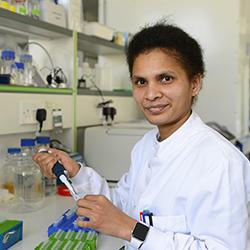
Kumari Billakurthi
Postdoctoral Research Associate
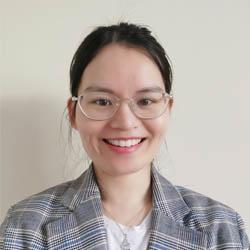
Caijin Chen
Postdoctoral Research Associate

Lei Hua
Postdoctoral Research Associate

Susan Stanley
Technician
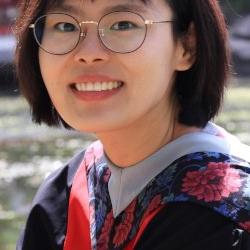
Tianshu Sun
Postdoctoral Research Associate
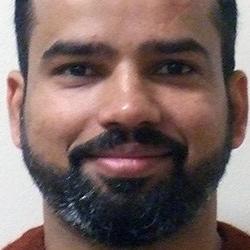
Anoop Tripathi
Postgraduate Student
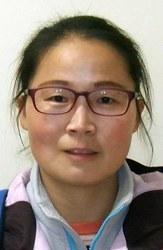
Na Wang
Research Technician Part Time
